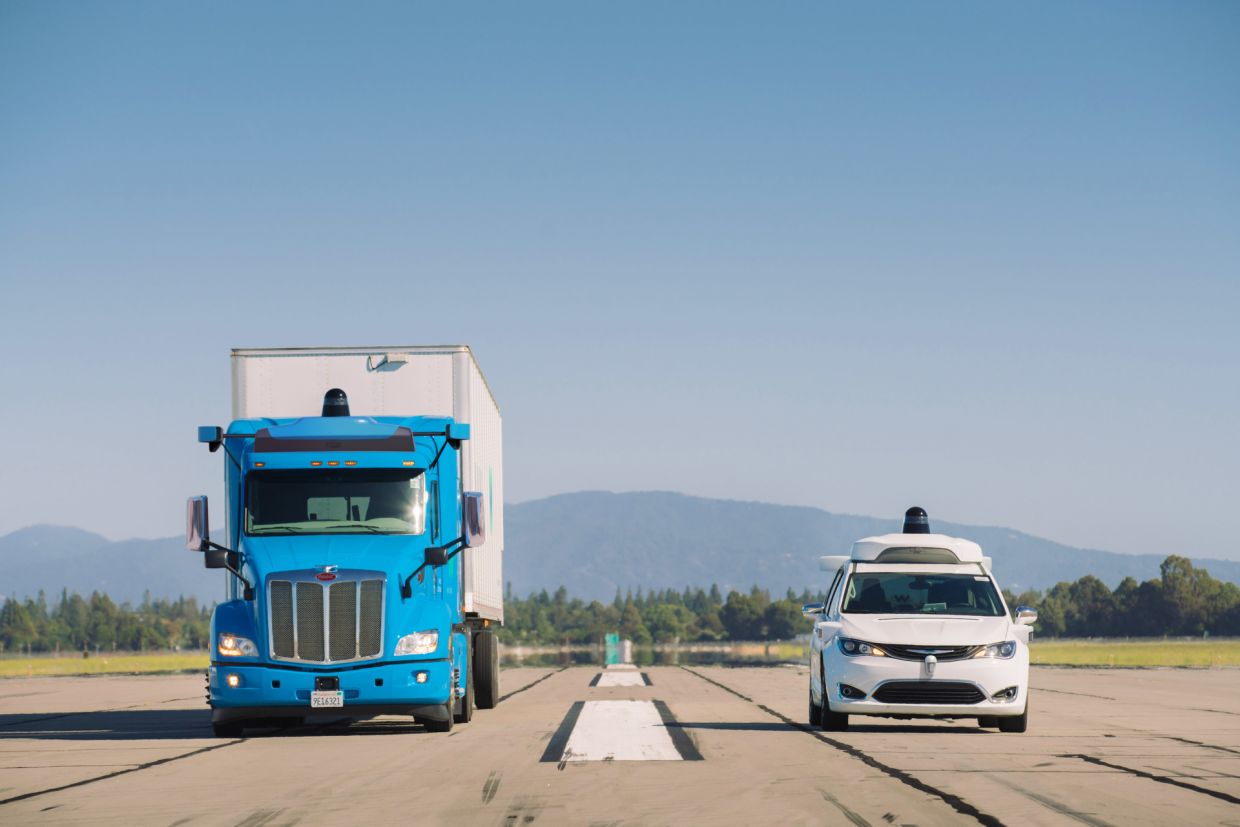In the midst of a chronic driver shortfall, new research claims that self-driving technology might replace 90 percent of long-haul transportation. The trucking sector is suffering from a significant manpower shortage. As per the Trucking American association, the trucking industry will confront a 500000-truck driver shortfall in order to fully satisfy the expected shipping need. The most significant intermediate shift that self-driving semi-trucks will bring about is the elimination of the maximum number of hours that drivers may drive in a day.

One advantage of autonomous vehicles will be reduced delivery times. For example, in the United States, truckers are required by the Transportation Department to work an 11-hour shift followed by a 10-hour rest period. Drivers and employers that violate the regulation face criminal charges or stiff penalties.
If the researchers’ projections of what autonomous long-haul transportation would look like were right, the transportation sector might lose up to 500,000 jobs. This comprises not just long-haul trucks, but also the infrastructure and repair personnel who operate at truck stops to assist those truckers on their trips. Such personnel would be unnecessary if self-driving trucks completed the bulk of the journey. The reduction in job prospects is likely to be partially mitigated. Research predicts that the jobs at transferring hubs will substantially restore the jobs being lost at truck stops for those who are now employed there.

The course of the most recent shipments is one employment replacement suggested. However, trucking occupations are sometimes lower-paying. Finding new occupations with a comparable median wage of roughly $44,000 would be tough for unemployed truckers, according to the survey. Unfortunately, there are a few huge uncertainties. For starters, automated vehicles will need to improve their ability to negotiate bad conditions. Furthermore, several states’ authorities have yet to make room for autonomous setups. Next, there is also the equipment to take into account: all of the distribution centers where goods will be transferred from stimulant analogs to computations.

Nonetheless, if transportation companies operated just on America’s Sun Belt, they would effectively counterbalance 10% of human traffic, according to the research. If the robotics were installed countrywide but just during the hotter seasons, 50% of the state’s transportation operations might be automated.


